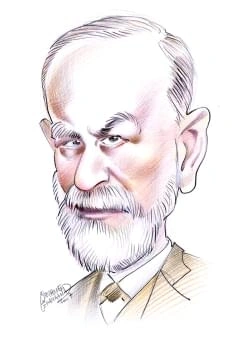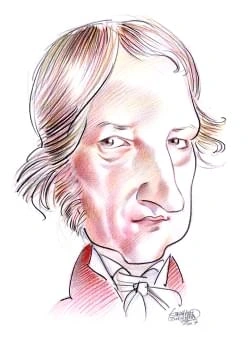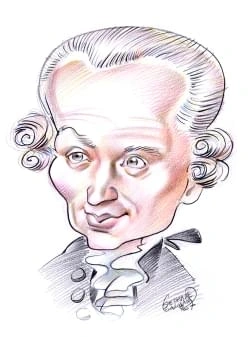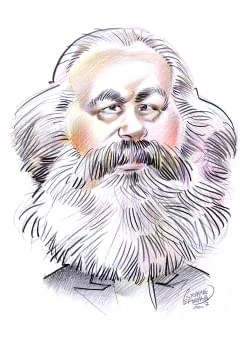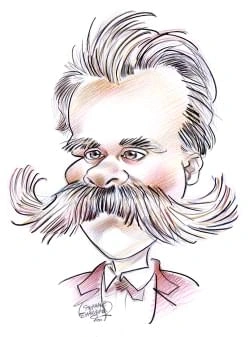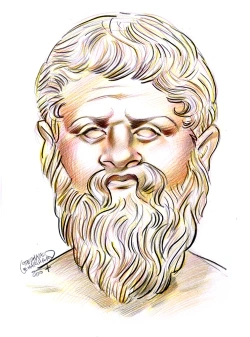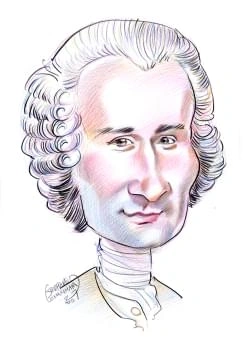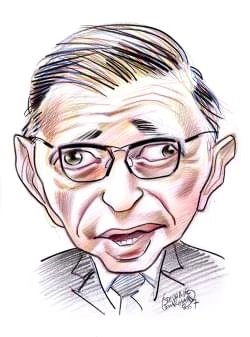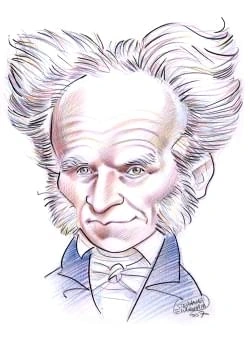7 résultats pour "accelerator"
- Fermi National Accelerator Laboratory - physique.
-
Quark
I
INTRODUCTION
Quark, smallest known building block of matter.
Constituents of MatterMatter is composed of tiny particles called quarks. Quarks come in six varieties: up (u), down (d), charm (c), strange (s),top (t), and bottom (b). Quarks also have antimatter counterparts called antiquarks (designated by a line over the lettersymbol). Quarks combine to form larger particles called baryons, and quarks and antiquarks combine to form mesons.Protons and neutrons, particles that form the nuclei of atoms, are examples of baryons. Positive and negative kaons aree...
-
Elementary Particles
I
INTRODUCTION
Structure of Matter
Modern physics has revealed successively deeper layers of structure in ordinary matter.
The most fundamental particles that make up matter fall into the fermion category. These fermions cannot be split into anything smaller. The particles that carry theforces acting on matter and antimatter are bosons called force carriers. Force carriers are also fundamental particles, so they cannot be split into anything smaller.These bosons carry the four basic forces in the universe: the electromagnetic, the gravitational, the strong (force that holds the nuclei of atoms together), and the wea...
-
Physics
I
INTRODUCTION
Physics, major science, dealing with the fundamental constituents of the universe, the forces they exert on one another, and the results produced by these forces.
Starting about 1665, at the age of 23, Newton enunciated the principles of mechanics, formulated the law of universal gravitation, separated white light into colors,proposed a theory for the propagation of light, and invented differential and integral calculus. Newton's contributions covered an enormous range of naturalphenomena: He was thus able to show that not only Kepler's laws of planetary motion but also Galileo's discoveries of falling bodies follow a combination of his ownsecond law of m...
-
Magnetism
I
INTRODUCTION
Magnetism, an aspect of electromagnetism, one of the fundamental forces of nature.
the French physicist Paul Langevin produced a theory regarding the temperature dependence of the magnetic properties of paramagnets (discussed below), which wasbased on the atomic structure of matter. This theory is an early example of the description of large-scale properties in terms of the properties of electrons and atoms.Langevin's theory was subsequently expanded by the French physicist Pierre Ernst Weiss, who postulated the existence of an internal, “molecular” magnetic field inmaterials...
-
Atom - chemistry.
Atoms have several properties that help distinguish one type of atom from another and determine how atoms change under certain conditions. A Atomic Number Each element has a unique number of protons in its atoms. This number is called the atomic number (abbreviated Z). Because atoms are normally electrically neutral,the atomic number also specifies how many electrons an atom will have. The number of electrons, in turn, determines many of the chemical and physical properties ofthe atom. The ligh...
-
Atom
I
INTRODUCTION
Water Molecule
A water molecule consists of an oxygen atom and two hydrogen atoms, which are attached at an angle of 105°.
spontaneously break apart and change, or decay, into other atoms. Unlike electrons, which are fundamental particles, protons and neutrons are made up of other, smaller particles called quarks. Physicists know of six different quarks.Neutrons and protons are made up of up quarks and down quarks —two of the six different kinds of quarks. The fanciful names of quarks have nothing to do with their properties; the names are simply labels to distinguish one quark from another. Quarks are unique amo...
}})
